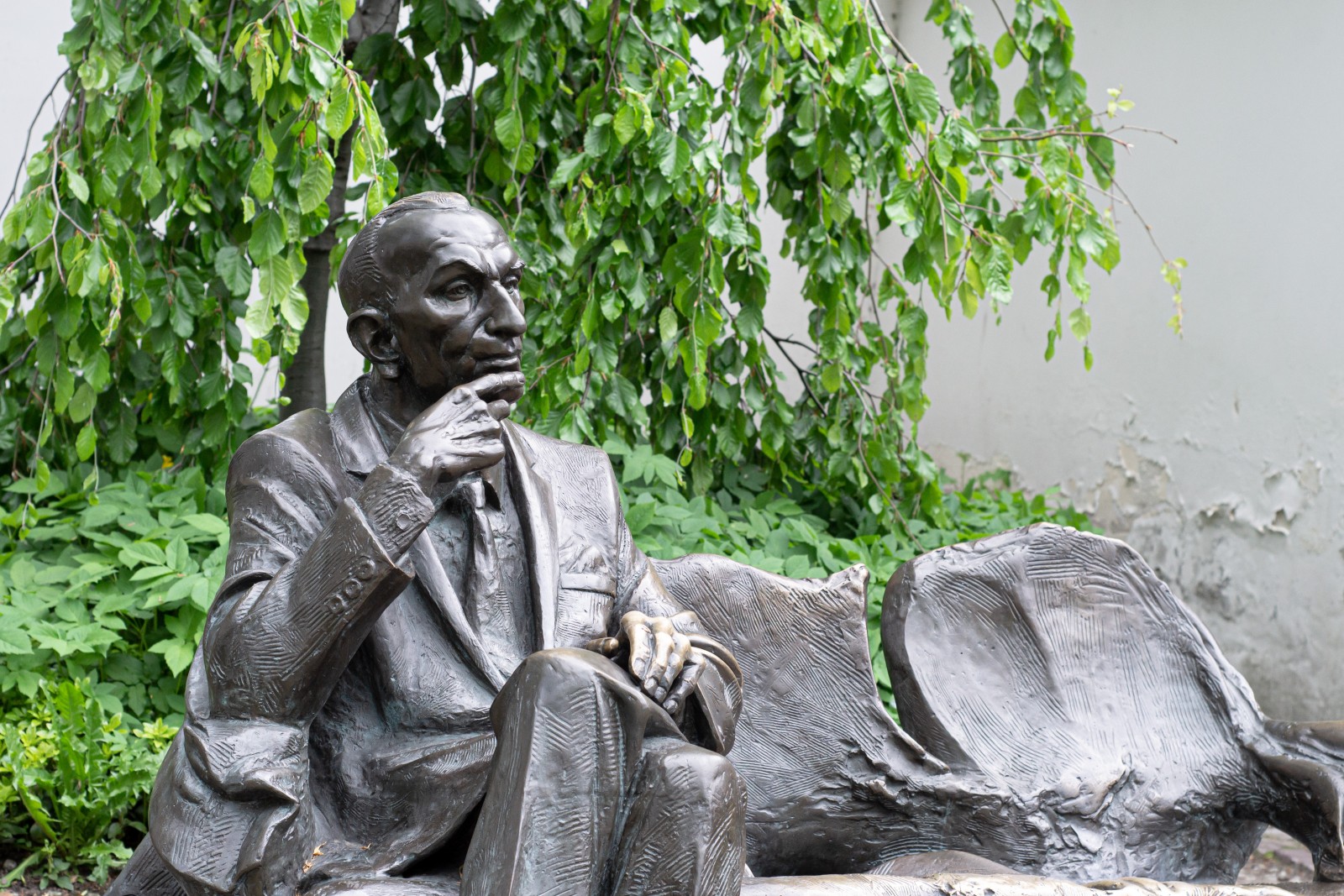The Origin of Jews in Krakow

The Origin of Jews In Krakow
Kazimierz district is one of the most popular locations in Krakow. Its uniqueness results from the fact that this place for centuries used to be a home for two diverse communities of Jews and Christians.
The first mention about Jews in Krakow can be found in Master Kadłubek's chronicle. The Jewish society appeared here in the middle of 14th century They were an autonomous society, being under the authority of the King only. Before World War II Krakow was inhabited by over 64 000 Jewish people, which posed 25% of all residents of Krakow. So how did it happen that Jews came up in Krakow?
Jewish people used to fled from persecution from the Middle Ages. From the end of 11th century Christians, expelled Jews from their cities and towns, accusing them for crucifixion of Christ. These operations took place as a part of the Crusades. As a result, Jewish people escaped eastward and southward, i.a. to Poland. Poland became destination of Jewish community also because Polish lands were underpopulated areas, which attracted settlers from the whole Europe. Being experts from business, Jews grew rich on providing the interest-bearing credit called usury, which they were exclusive to. Despite the fact, that this practise was strictly dispraised by Christianity and Islam, both townsfolk, nobility, clergy, and even Polish monarchs, including King Ludwik Węgierski, Queen Jadwiga, King Władysław II Jagiełło and King Kazimierz IV Jagiellończyk, took out credit from them.
Because of their continuous movement from one place to another, Jewish people were blamed for bubonic plague spreading and further persecuted. However, Polish King Kazimierz the Great did not allow for persecution of the Jews in Poland. Here they could feel safe, which resulted in increase of their immigration to Poland. There is even the famous Jewish religious song which started with words: ‘’Oh Poland, royal land, where we've been living happily for ages…’’. In the times, when Spain used to force Jews to convert to Catholicism or they were burned at the stake, in Poland some Jewish people could even receive a knighthood. The Jews - as well as nobility, clergy, the middle class and peasantry – posed a separate estate. Their main occupation was running inns in villages and engaging in usury in towns. This is incorrect to link King Kazimierz the Great with bringing Jewish people to Krakow. The followers of Judaism coexisted with local Christians for over 200 years before his kingship and it was the Duke Bolesław the Pious who in 1264 provided them with freedom of religion, trade and settlement, under the Statute of Kalisz. The King Kazimierz only sustained these privileges and extended them to the whole country, which helped him to be remembered as an especially favourable to Jewish people.
Unfortunately, at night from 29 to 30 April 1494 in Krakow there was a terrible fire which gutted a significant part of the city, including the Jewish district. The responsibility for this incident was put on Jewish community, which had its consequences in plundering and destroying their lands. As a result, by virtue of a decree of king Jan Olbracht from 1495 which required the Jews to leave the city, Cracovian Jews started to move to the area of former Bawół village, whose centre was Szeroka Street. The Jews of Krakow, Bohemia and Moravia region as well as the Sephardic Jews from Spain and Portugal settled on this area, which resulted in creation of Jewish town on Kazimierz district, called Oppidum Judaeorum. This part of Kazimierz was separated from the rest with walls, according to existing rules. It is necessarily to mention, that creating the Jewish district, resembling ghettos, had no association with any acts of intolerance then. Separating Jewish territories was a common practice adopted in the whole Europe in that moment. In this way, from the beginning of 17th century, Szeroka Street became a centre of Jewish town. It served as marketplace which gathered around the citizens' lives.

